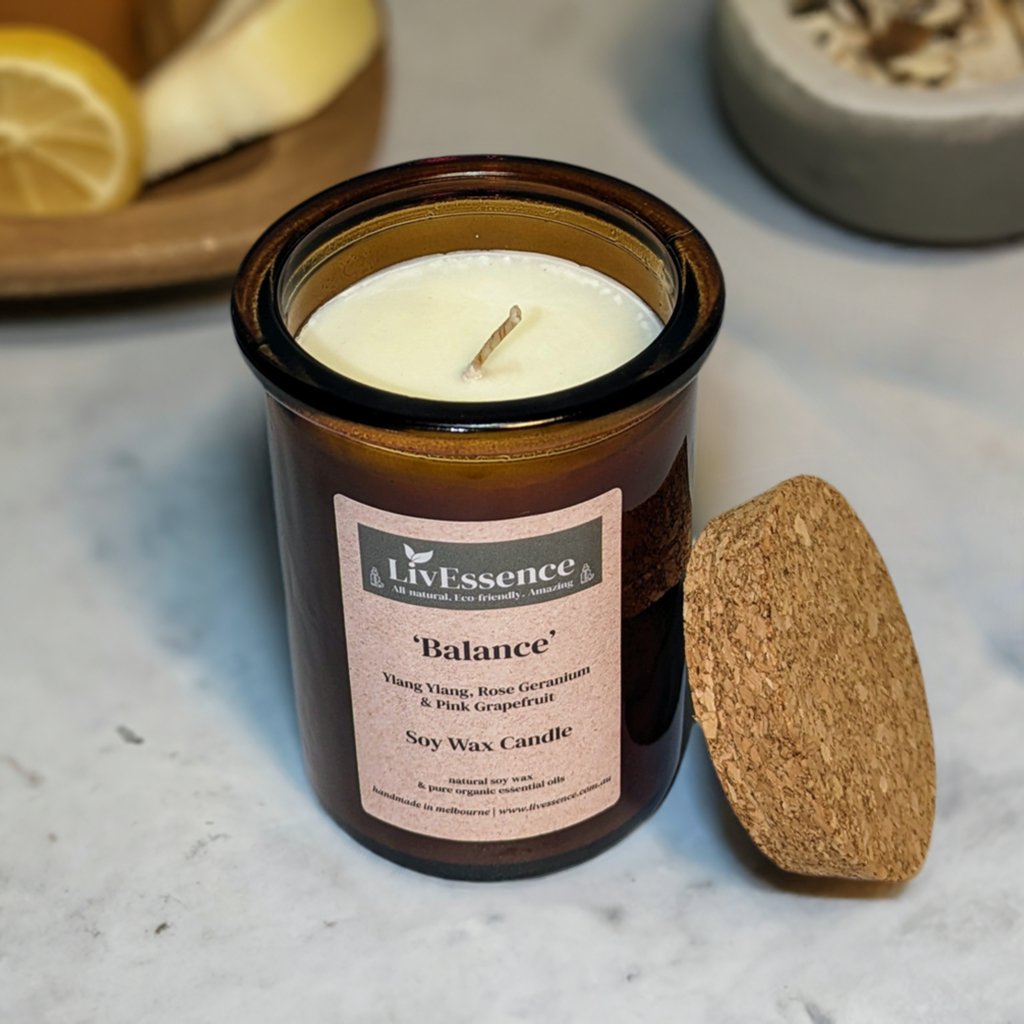Shop Sustainable Soy Wax Candles and Home Fragrance Collections
Shop Sustainable Soy Wax Candles and Home Fragrance Collections
Blog Article
From Wick to Wax: Comprehending the Chemistry Behind Soy Wax Candles and Their Ecological Impact
As we brighten our areas with the cozy glow of candles, there exists a world of detailed chemistry behind the apparently easy act of lighting a soy wax candle. The selection in between soy and paraffin wax prolongs beyond mere appearances, diving right into the world of ecological influence and the really structure of the materials. Comprehending the molecular structure of soy wax and its combustion process loses light on the emissions released right into our surroundings. Join us as we untangle the scientific complexities behind soy wax candles and explore their effects on our environment.
Soy Wax Vs. Paraffin Wax
When contrasting soy wax and paraffin wax for candle light making, it is necessary to recognize the unique features and advantages of each product. Soy wax is an all-natural, renewable energy stemmed from soybean oil, making it biodegradable and eco-friendly - candles. In comparison, paraffin wax is a by-product of oil refining, which elevates problems about its ecological impact and sustainability
Soy wax candles shed cleaner and release much less residue compared to paraffin wax candle lights, making them a much healthier option for indoor air quality. In addition, soy wax has a reduced melting factor, permitting for a longer-lasting candle light that distributes fragrance better. Paraffin wax, on the other hand, has a tendency to burn faster and less cleanly, possibly launching dangerous chemicals into the air.
From a sustainability point of view, soy wax is preferred for its biodegradability and renewable sourcing, lining up with the growing consumer choice for environmentally aware items. While paraffin wax has been a conventional option in candle light making because of its cost and ease of usage, the change towards environmentally friendly choices like soy wax is gaining momentum in the industry.
Chemical Structure of Soy Wax

Burning Refine in Soy Candles
The chemical composition of soy wax straight affects the burning process in soy candles, influencing elements such as burn time, scent launch, and environmental influence. When a soy candle is lit, the warm from the fire thaws the wax near the wick. This fluid wax is after that drawn up the wick because of capillary activity. Full Report As the liquid wax reaches the flame, it undergoes and evaporates burning. The burning procedure entails the vaporized hydrocarbons in the wax reacting with oxygen in the air to generate warmth, light, water vapor, and co2.
The burning efficiency of soy candles is affected by the pureness of the soy wax and the top quality of the wick. Furthermore, soy wax candle lights have a lower ecological effect compared to paraffin candles due to their biodegradable and renewable nature.

Ecological Benefits of Soy Wax

Taken into consideration a lasting option to conventional paraffin wax, soy wax supplies noteworthy ecological benefits that make it a preferred choice among eco-conscious consumers. Soy wax burns cleaner and creates much less soot than paraffin wax, adding to better indoor air top quality and decreasing the requirement for cleansing and upkeep. Generally, the ecological advantages of soy wax straighten with the expanding need for green and sustainable products in the market.
Recycling and Disposal Factors To Consider
Recycling and appropriate disposal of soy wax candle lights play a crucial duty in keeping environmental sustainability and minimizing waste in communities and homes. When it pertains to reusing soy wax candle lights, the primary step is to make certain that the candle has shed entirely. This can be attained by permitting the candle light to melt till the wick is no more usable, and afterwards letting the continuing to be wax cool and solidify. When the wax has strengthened, it can be carefully gotten rid of from the container.

In click resources regards to disposal, if recycling is not a choice, soy wax candles are naturally degradable and can be securely disposed of in the majority of house waste systems. Nonetheless, it is always recommended to consult neighborhood recycling facilities or waste monitoring solutions for certain guidelines on candle light disposal to make certain proper handling and environmental protection.
Final Thought
In verdict, the chemistry behind soy wax candles discloses their environmental benefits over paraffin wax candles. Soy wax, acquired from soybean oil, burns cleaner and produces less residue when contrasted to paraffin wax.
When contrasting soy wax and paraffin wax for candle light production, it is essential to recognize the unique attributes and benefits of each product (home fragrance).Soy wax candles shed cleaner and emit less residue compared to paraffin wax candle lights, making them a much healthier choice for indoor air top quality.Thought about a sustainable choice to typical paraffin wax, go to this website soy wax provides significant ecological advantages that make it a preferred selection amongst eco-conscious consumers. Soy wax burns cleaner and produces less soot than paraffin wax, contributing to far better interior air quality and lowering the need for cleaning and maintenance.In conclusion, the chemistry behind soy wax candles discloses their environmental advantages over paraffin wax candles
Report this page